 Anna Mary Robertson Moses, aka Grandma Moses, is an American primitive artist whose paintings convey a strong pastoral sentimentality. In all her paintings, the subjects are the people of her town, Hoosic Falls, NY, whose activities she celebrates. The Family Picnic...
Anna Mary Robertson Moses, aka Grandma Moses, is an American primitive artist whose paintings convey a strong pastoral sentimentality. In all her paintings, the subjects are the people of her town, Hoosic Falls, NY, whose activities she celebrates. The Family Picnic...
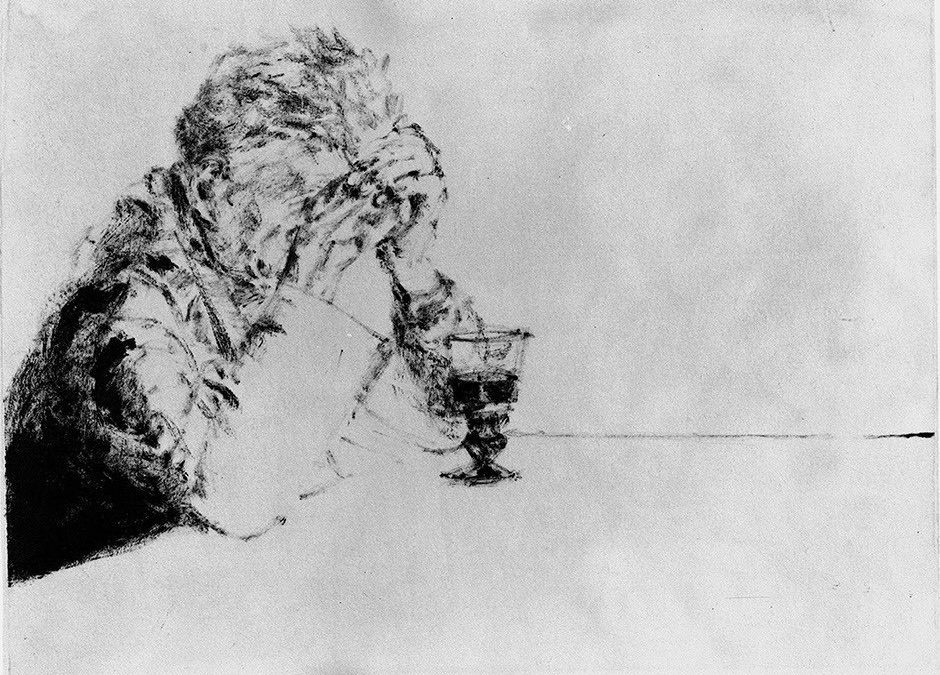 Time and details in Beckett’s Malone Dies are contradictory and often obscure. Events of the narrative are confusing, especially as it reaches a bloody climax that ends when Malone hacks six to death at a picnic. The picnic is narrated by the protagonist Malone...
Time and details in Beckett’s Malone Dies are contradictory and often obscure. Events of the narrative are confusing, especially as it reaches a bloody climax that ends when Malone hacks six to death at a picnic. The picnic is narrated by the protagonist Malone...
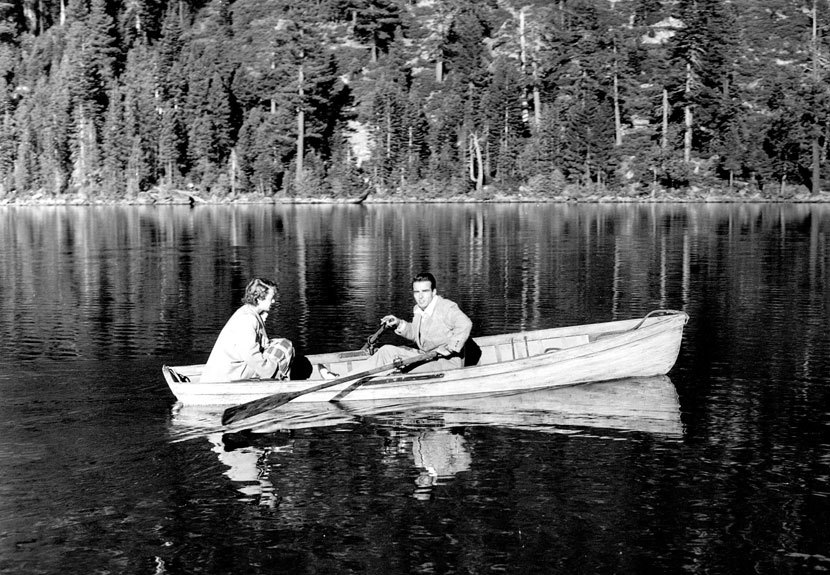 Stevens’s A Place in the Sun is a rework of Dreiser’s An American Tragedy. He renames the characters, too, so that Clyde Griffiths becomes George Eastman. It’s like renaming Dorothy in The Wizard of Oz or Tarzan. He and his screenwriters are emphatic...
Stevens’s A Place in the Sun is a rework of Dreiser’s An American Tragedy. He renames the characters, too, so that Clyde Griffiths becomes George Eastman. It’s like renaming Dorothy in The Wizard of Oz or Tarzan. He and his screenwriters are emphatic...
 Stevens’s A Place in the Sun is a rework of Dreiser’s An American Tragedy. He renames the characters, too, so that Clyde Griffiths becomes George Eastman. It’s like renaming Dorothy in The Wizard of Oz or Tarzan. He and his screenwriters are emphatic...
Stevens’s A Place in the Sun is a rework of Dreiser’s An American Tragedy. He renames the characters, too, so that Clyde Griffiths becomes George Eastman. It’s like renaming Dorothy in The Wizard of Oz or Tarzan. He and his screenwriters are emphatic...
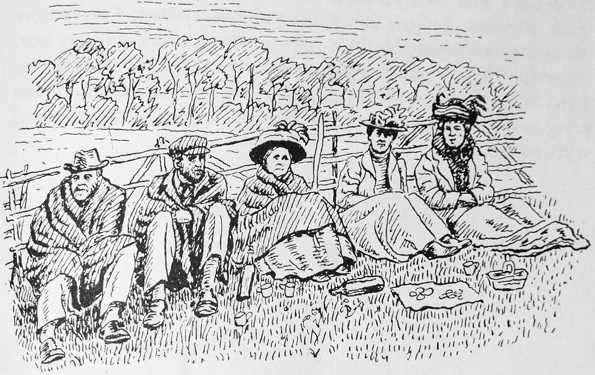 “Heroic Survivors of the Picnic.” is Gwen Raverat’s bittersweet memory of a miserable picnic. It’s the next-to-last anecdote in her memoir Period Piece: A Cambridge Childhood. I think she means to suggest that life was no picnic but that she...
“Heroic Survivors of the Picnic.” is Gwen Raverat’s bittersweet memory of a miserable picnic. It’s the next-to-last anecdote in her memoir Period Piece: A Cambridge Childhood. I think she means to suggest that life was no picnic but that she...
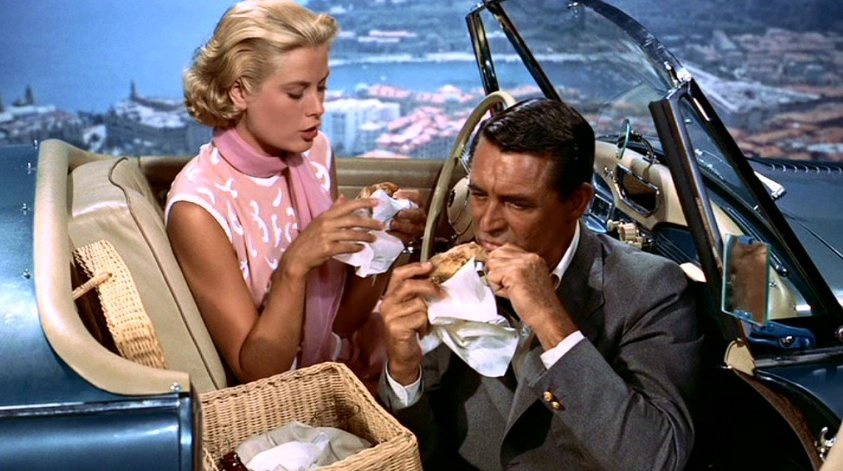 Dodge’s To Catch a Thief does not have a picnic episode. See David Dodge. To Catch a Thief. New York: Random House, 1952; Alfred Hitchcock. To Catch a Thief (1955). The screenplay by John Michael Hayes is based on David Dodge’s novel (1952), Hilary Radner. “To Catch a...
Dodge’s To Catch a Thief does not have a picnic episode. See David Dodge. To Catch a Thief. New York: Random House, 1952; Alfred Hitchcock. To Catch a Thief (1955). The screenplay by John Michael Hayes is based on David Dodge’s novel (1952), Hilary Radner. “To Catch a...
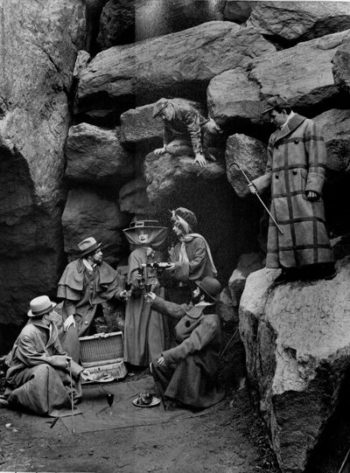 Frederick Ashton’s Picnic at Tintagel is inspired by Mary Elizabeth Braddon’s popular Victorian novel Royal Mount, where sightseers picnic on Tintagel Castle’s ruins. (Discussion of Braddon’s Royal Mount is posted elsewhere on PicnicWit.com)...
Frederick Ashton’s Picnic at Tintagel is inspired by Mary Elizabeth Braddon’s popular Victorian novel Royal Mount, where sightseers picnic on Tintagel Castle’s ruins. (Discussion of Braddon’s Royal Mount is posted elsewhere on PicnicWit.com)...
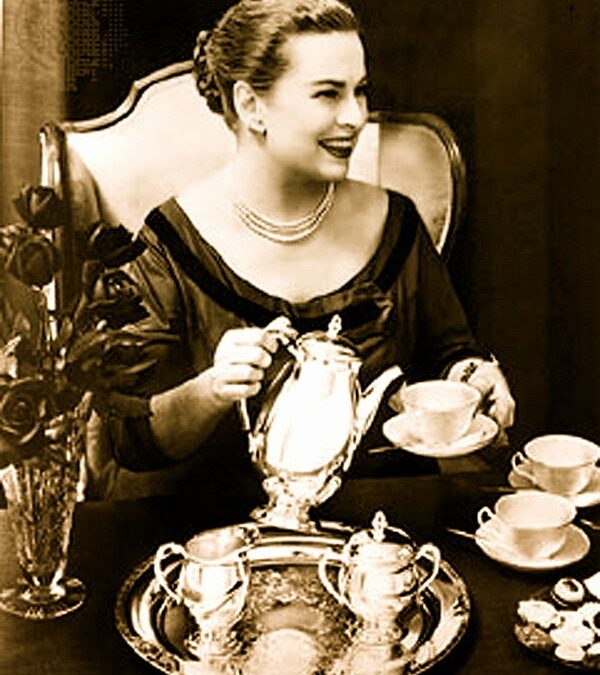 Vanderbilt doesn’t care whether your picnic is a cookout or you bring food prepared. Menus in Complete Book of Etiquette are tried and true cold fried chicken, little cold veal or English ham pies, chicken, or potato salad. If you pack in a thermos, Vanderbilt...
Vanderbilt doesn’t care whether your picnic is a cookout or you bring food prepared. Menus in Complete Book of Etiquette are tried and true cold fried chicken, little cold veal or English ham pies, chicken, or potato salad. If you pack in a thermos, Vanderbilt...
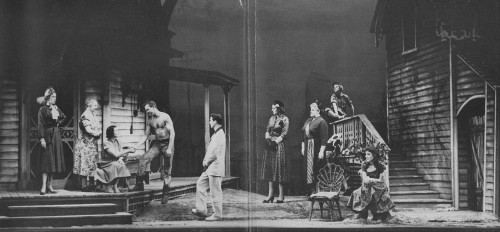 When Hal Carter tells Madge Owens, “We’re not goin’ on no goddamn picnic,” he means they are “goin'” to make love instead. Madge is willing. They are so passionate, their lust so potent, audiences never notice that when the curtain...
When Hal Carter tells Madge Owens, “We’re not goin’ on no goddamn picnic,” he means they are “goin'” to make love instead. Madge is willing. They are so passionate, their lust so potent, audiences never notice that when the curtain...
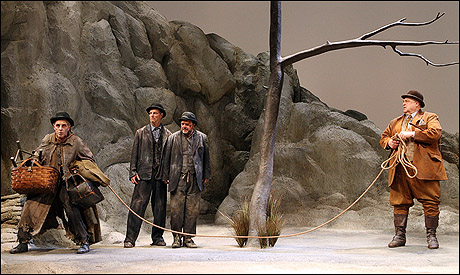 Beckett’s setting for Waiting for Godot (En antendant Godot) is an empty stage and a tree without leaves. It’s an unlikely place for an unhappy picnic. The picnic begins when Pozzo and Lucky arrive. Pozzo brandishes a whip and holds Lucky at the end of a...
Beckett’s setting for Waiting for Godot (En antendant Godot) is an empty stage and a tree without leaves. It’s an unlikely place for an unhappy picnic. The picnic begins when Pozzo and Lucky arrive. Pozzo brandishes a whip and holds Lucky at the end of a...











